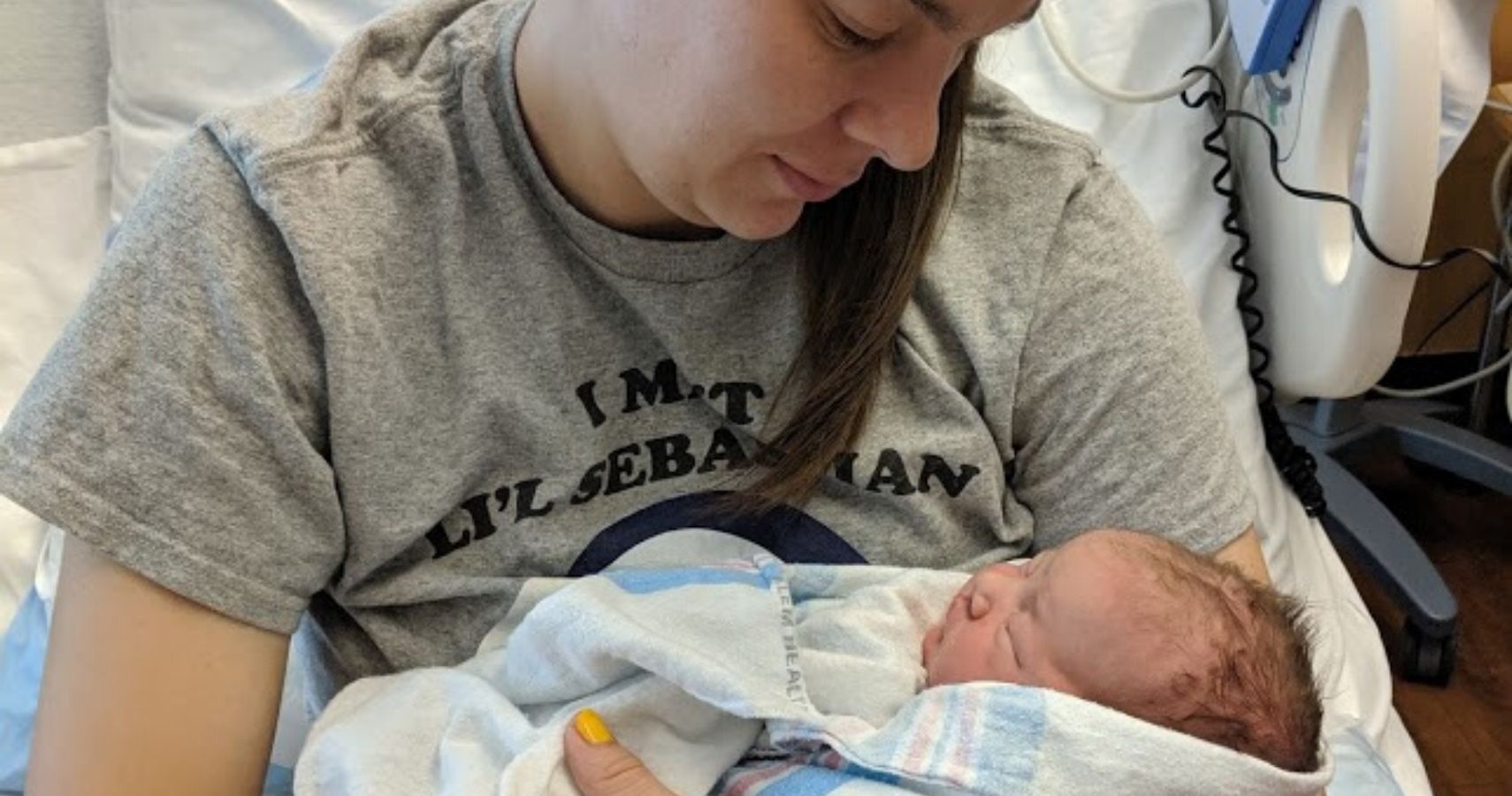With my first baby, I was told that when your cervix dilates that is a very good sign because it means that you are going to have a baby at any moment if you get far enough along. I was very excited when I went into the doctors and I was told that my cervix was already at a 3. I had a few weeks until my due date and my doctor told me that most likely I would be delivering in the next couple of days. Six days after my due date I called and said that my shoulder was hurting really bad and they said that might a sign of a more serious issue and so they sent me to labor and delivery (everything looked fine) and I was not in labor. I was dilated at a five. Still not in active labor. They said they could send me home or they could break my water. I decided to break my water. I am so glad I made that choice because he was 10 lbs and I got a fourth-degree tear.
My next two children, I didn't go into spontaneous labor. With my second baby, I was induced two days after my due date and I was at a 5 1/2 without being in active labor. Then, my third baby, I was induced one week before my due date to do SPD and I was dilated at a six and they still had to induce me because I was not in active labor. With my fourth baby, I went into spontaneous labor, but after only an hour of contractions, I was nearly a 7. I am the prime example that your cervix should not be the only indicator about when labor will start, or how long you will be in labor. Once they induced labor I was able to deliver my babies really quickly because I was so far along but I have met a lot of women who have stayed at the same cm dilated for hours without ever moving.
Many people have shared how jealous they are that I am so far dilated without being in active labor. What is important to understand is that I still had to work for those centimeters. I am in pre-labor for about a month. I feel inconsistent contractions and cramping for a while and I can even feel myself dilating during some of the more painful contractions. With my first baby, the doctors said that these were just Braxton Hicks and they would not cause me to dilate, but with my three other babies, they were more convinced that I was in pre-labor for awhile.
Throughout my pregnancy with all four of my children, I have heard many first time mothers share how they are very excited about how much they are dilated because it will happen "any time." On the other side, I have heard many first time mothers get frustrated with the fact that they are not dilated at all and so they don't feel like they will ever go into labor. Women can start labor without even being dilated. So women's water breaks no matter how far they are dilated. Women can go from 0 cm to 10 cm in just an hour or two. While, people like me, can be at a 6 and still not be in labor. That is why it is so important to not get your hopes up if you are far along in dilating and not get disappointed if you are not dilated at all. It is not a good indicator of when labor will happen, or how long it will be.
According to Very Well Family, "Your doctor may make an educated guess on how close you are to delivering based on your cervix. However, there's no guarantee. Some women have all the signs and don't deliver for a few more weeks. Others have no signs, then they efface and dilate overnight and give birth the next day." The site continues, "When actual labor begins, the contractions really start to pull and stretch the cervix. First-time moms may labor longer because they tend to efface before they dilate. But, in later pregnancies, effacement and dilation can happen together and more quickly. Once the cervix is 100% effaced and fully dilated to 10 cm, it's time to push and deliver the baby."
Cervical dilation should not stand alone as an indicator of labor. However, it might be a good sign if you also have other signs and symptoms of labor. If you are concerned you may be in labor then it is important to contact your health care provider right away, or head to the hospital.

